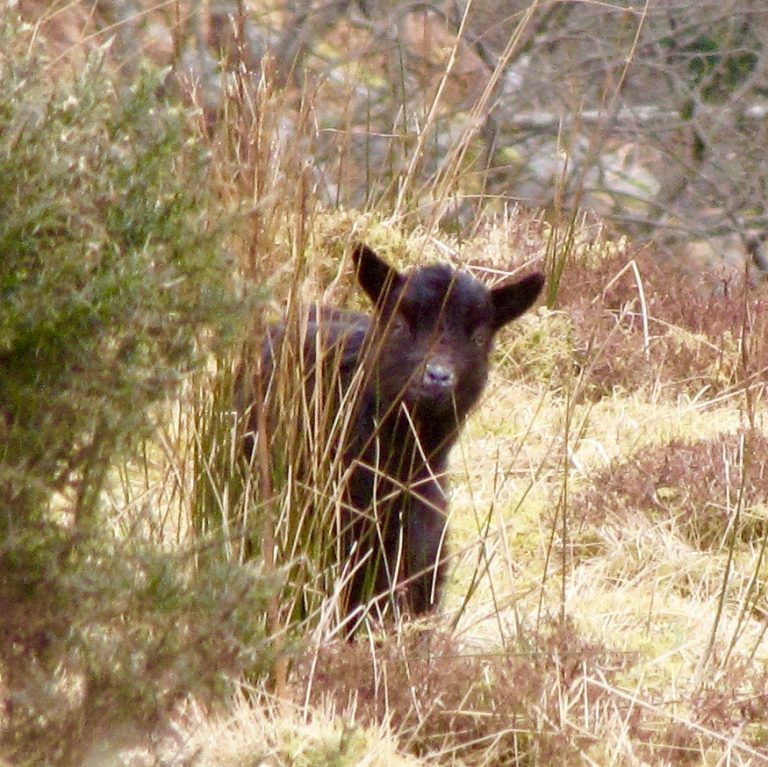Profile
Goats first appeared in Scotland before sheep and date back as far as 8 thousand years ago when there was still ice in Scotland, yet there are those authorities that wish to deem it an invasive ‘alien’ species to enable it to be eradicated! This is a Stone Age goat. The goats are endangered and ‘under attack’ from quite a number of authorities. This would be a tragedy, particularly as they pre-date all of us!
If you lose this breed you lose a piece of the Scottish soul. The population is going down and for future food production we need to save all the genes we have now. They are a valuable resource for good, clean and fair food production and perfect in the environment they inhabit where little else survives. This has great potential for demand to grow.
These goats have not been ‘developed’ and are eating from nature creating distinctive qualities and a taste of terroir. It has a richness and when slow cooked creates the most delicious casseroles. It is very versatile and can be dried, cured and made into sausages. Legs can be dried for charcuterie.
They were domesticated prior to and up to the Highland Clearances from 1750’s onwards, their hair, skins, horns, meat and milk all used. There is evidence there were goats up at the sheilings. Upon the Clearances, folk fled, emigrated or were killed, and goats escaped. These significant herds form the basis of the Scottish colonies to this day.
Now they roam wild on estates where some ignore them, others curse them and thankfully some appreciate and nurture them. With goat management, you can have a balanced population level while maintaining the overall health of the herd.
There are wild herds up the west coast, easily visible on Islay (main photo), and at the Wild Goat Park in Dumfries & Galloway. There are none currently reared domestically for food production that we know of. Get in touch if you know otherwise.
This goat meat is currently unavailable.
http://www.fondazioneslowfood.com/en/ark-of-taste-slow-food/native-scottish-goat/



